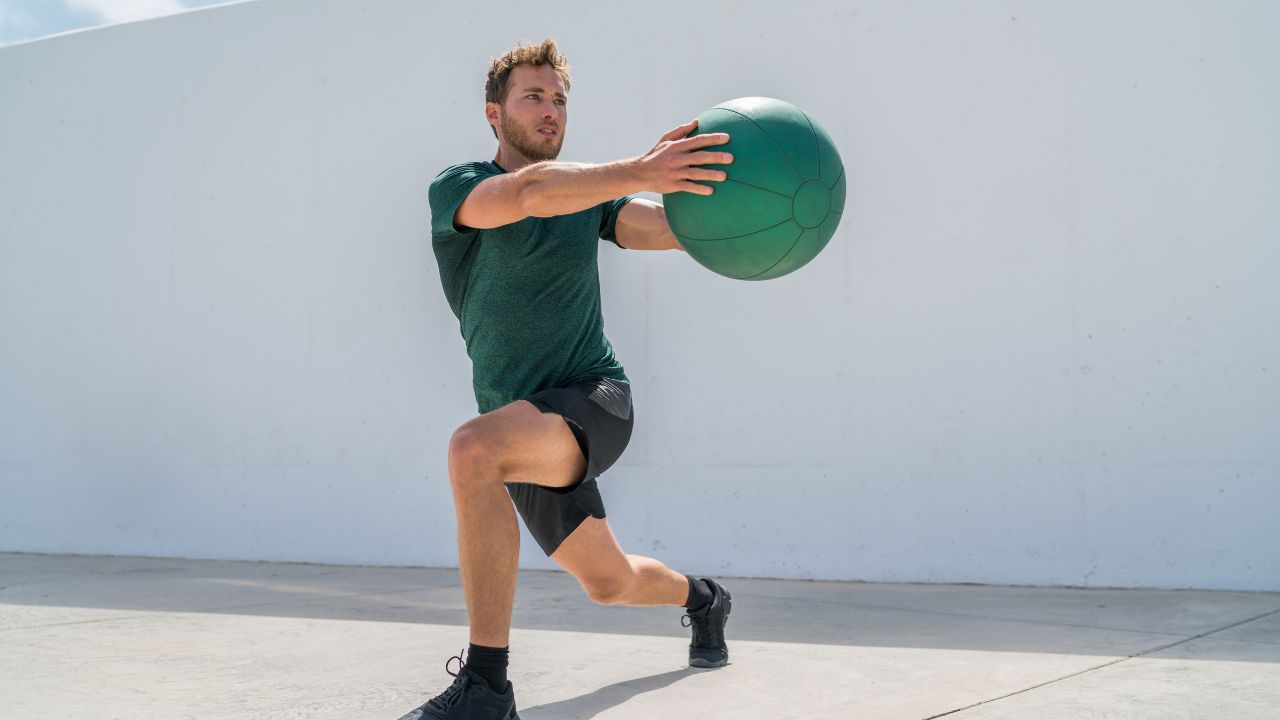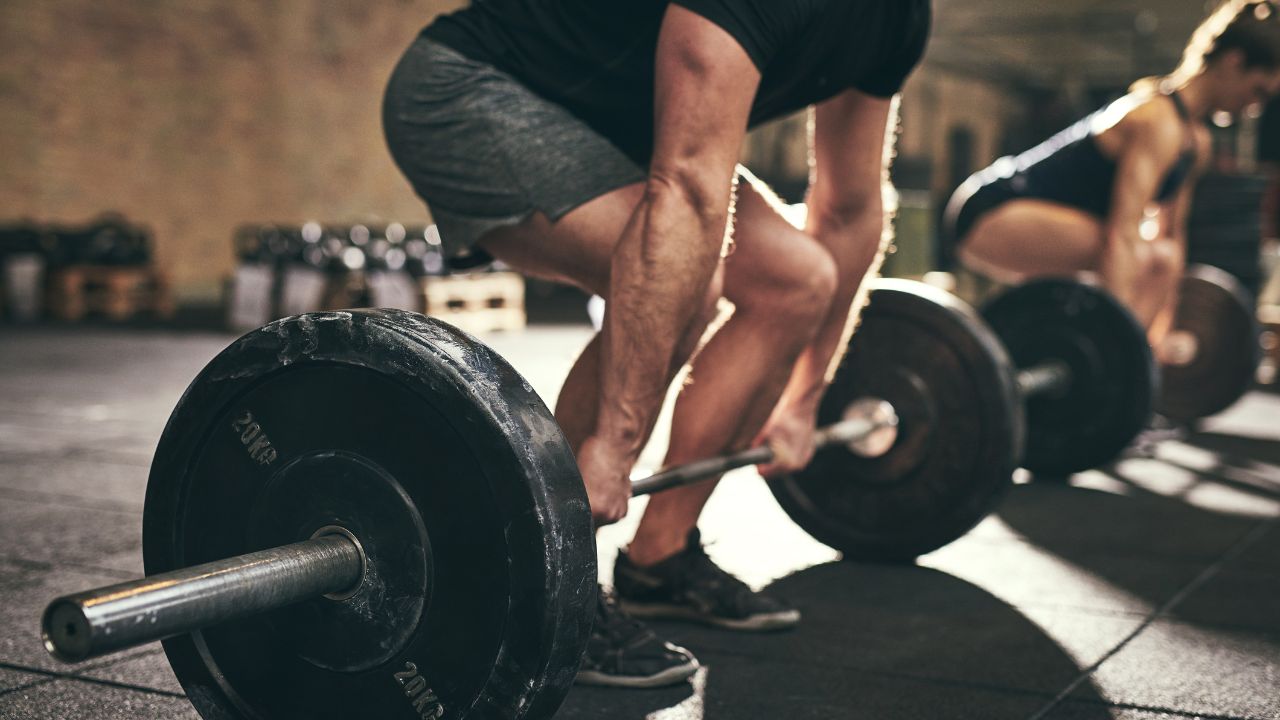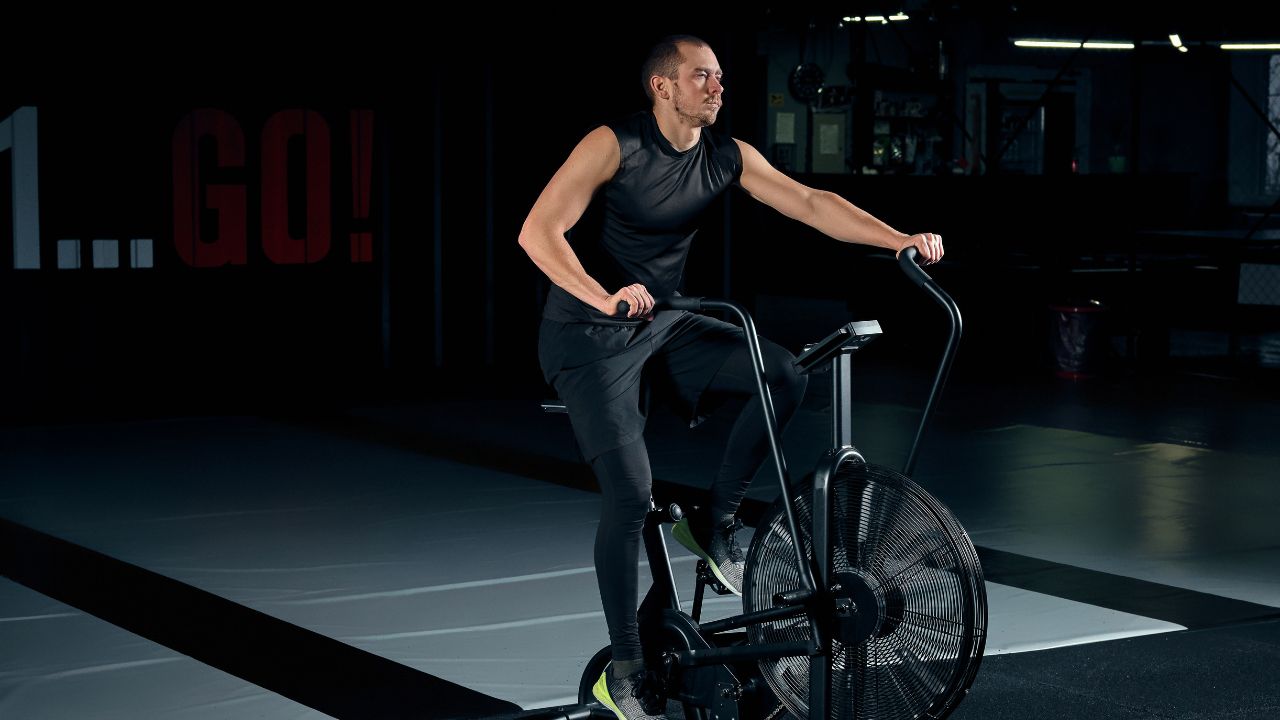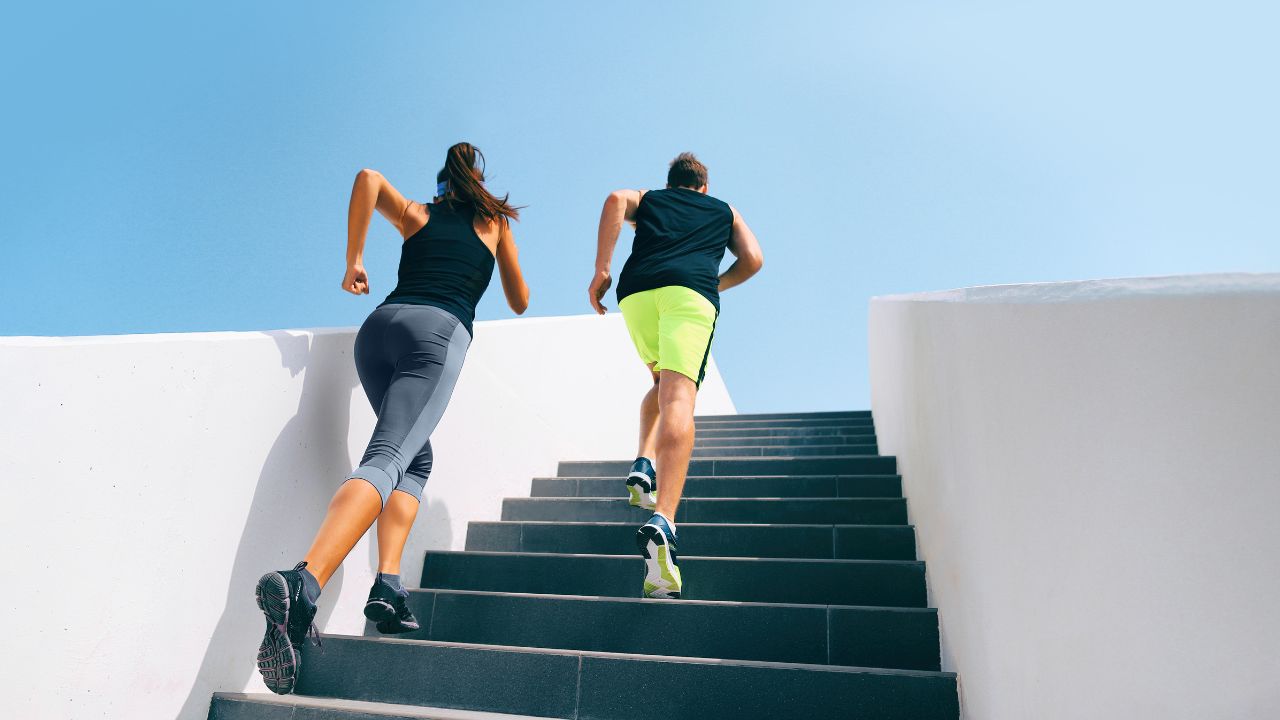Most people that know Dr. Peter Attia today likely did so thanks to his profile as a best-selling author, host of The Drive podcast and his large social media fan base. In his previous life, Peter worked as a physician and cancer surgeon before he transitioned to the role he is most famous for now — a longevity guru.
He advocates making the right lifestyle changes early in life as means of reducing the risk of succumbing to the four chronic diseases associated with aging. These lifestyle changes encompass diet, sleep, supplements, emotional wellness and exercise. We take a look at Peter’s exercise routine based on tips he’s shared on his podcast, blog and third-party interviews.
Objectives
As an anti-aging proponent, Peter’s exercise regimen is focused on extending lifespan and improving quality of life. For this reason, he prioritizes patterns and practices that maintain or improve the functional movement necessary for supporting the daily activities of the life of an older person. These would include bending and squatting without injury, getting up from the ground unaided and lifting moderate weights up and/or overhead.
Exercise Pillars
His fitness strategy is centered around four pillars. The exercises associated with these pillars last him a combined 10 hours each week.
Stability Training
Stability is the power to control your body’s movements and posture. Its role in health and safety among the elderly cannot be overemphasized. Falls are the leading cause of injury death among adults aged 65 or older. There are multiple simple tests one could use to assess body stability — a one-minute plank, getting up from the ground with only one arm and balancing on one leg.
Peter calls stability the foundation as it’s at the heart of any other exercise or physical activity. He spends the first 10 minutes of his workouts on step-ups and other stability exercises. That said, many exercises that improve strength also boost stability. For instance, weighted movements such as the goblet squat enhance good posture in addition to a solid core. Similarly, some cardio exercises like walking or jogging downhill are an asset for body stability.

Strength Training
Waning strength is one of the primary drivers of low quality of life in twilight years. Peter cites studies that indicate muscle and strength loss occurs at the rate of anywhere between 1% and 5% per year from age 50. Weakness shows up in activities the average young and middle-aged individual would not give much attention to – holding a baby, carrying groceries, pushing a shopping trolley or lifting a travel suitcase. Strength is at the core of an enjoyable and healthy life.
So resistance training makes up approximately half of Peter’s workouts. His routines typically involve squats, deadlifts, farmer carries and shoulder presses. These exercises work multiple muscles at the same time which mirrors many of the movement patterns you’d perform every day. In case you want to go the way of weight training without using actual weights, you can leverage your body weight just as effectively through lunges, push-ups and pull-ups.

Low Intensity Cardio
Stability and resistance exercises build strong and healthy muscles and bones. Yet, weak muscles and fragile bones are not the only physical challenge you have to grapple with in old age. Just as important is heart and lung health. And for this, Peter prescribes low intensity cardio exercises, what is also referred to as aerobic or Zone 2 training.
Zone 2 training involves slow, steady aerobic exercises designed to keep the heart and lungs healthy by promoting mitochondria growth. The mitochondria provide power to body cells. Peter explains Zone 2 training as exertion that you can do but still have the ability to carry on a conversation. For example, swimming, brisk walking, light running and low intensity cycling.
Over time, low intensity cardio can make your body more efficient at energy use, enhance stamina and bolster your ability to endure physical strain. Peter believes people should spend more time on low intensity cardio, contrary to the widespread practice of dwelling on high intensity training instead.

High Intensity Training
Peter recommends performing some workouts at high intensity (also known as Zone 5 or anaerobic training). One activity that could be termed an everyday form of high intensity training is going up a flight of stairs. His go-to exercise equipment for Zone 5 training is the StairMaster. However, another of Peter’s personal favorites is rucking, an exercise common in military training and that involves walking a significant distance while carrying a weighted backpack.
Speaking to Oprah, he disclosed that he’d usually place a 60-pound weight plate in a backpack and then walks up and down hill around his neighborhood. Peter recommends beginners start off with a plate that’s one-sixth your body weight then gradually working up to one-third your weight.
A useful indicator of your capacity for intense cardio is VO2 max i.e. your body’s maximal ability to use oxygen when exercising. Zone 5 training improves VO2 max. By maintaining a satisfactory VO2 max, you reduce health risks and increase your capacity to carry out hobbies and daily habits later in life.
Peter recommends doing three minutes of Zone 2 training and then one minute at Zone 5 exercise before reverting back to Zone 2 as his recovery. He repeats the cycle for about 20 minutes and does it once a week at the tail end of a Zone 2 training.

Conclusion
While Dr. Attia is devoted to his exercise routine, he is quick to acknowledge that everyone can tailor the routine in tandem with each person’s unique long term health goals and lifestyle preferences. You can start off with just three hours of moderate exercise a week that includes one hour of resistance training, one hour of low intensity cardio, half an hour of high intensity cardio and at least 20 minutes of stability. The earlier in life you get on a longevity-driven exercise routine, the better. However, Peter emphasizes there are longevity benefits irrespective of what age you begin.

